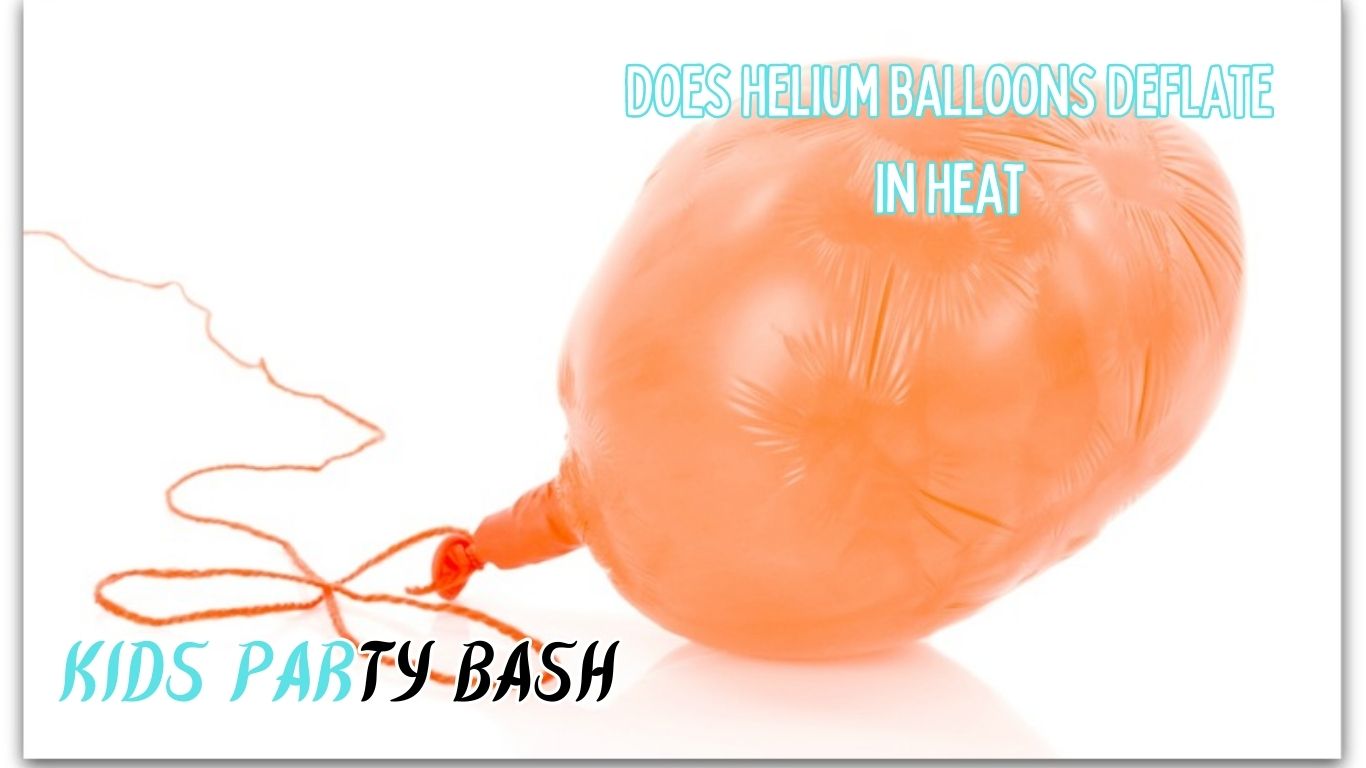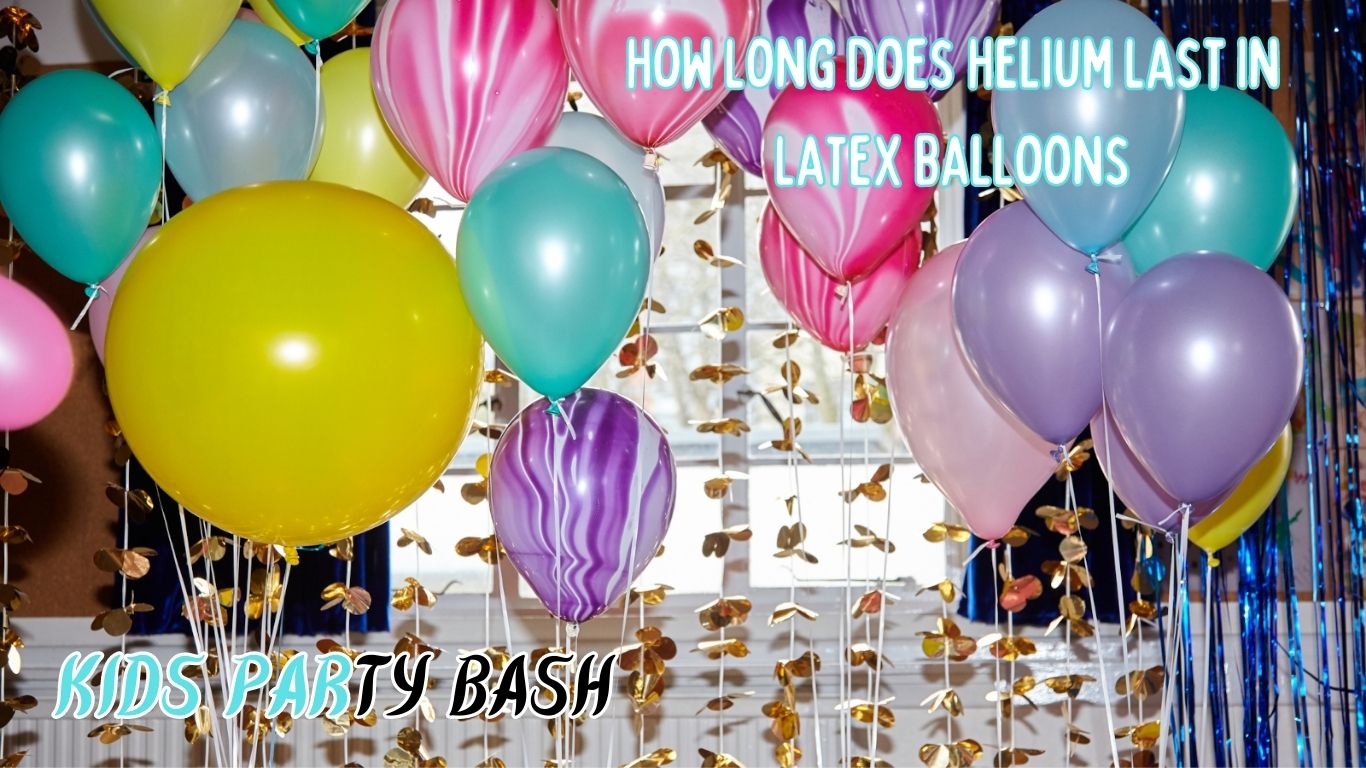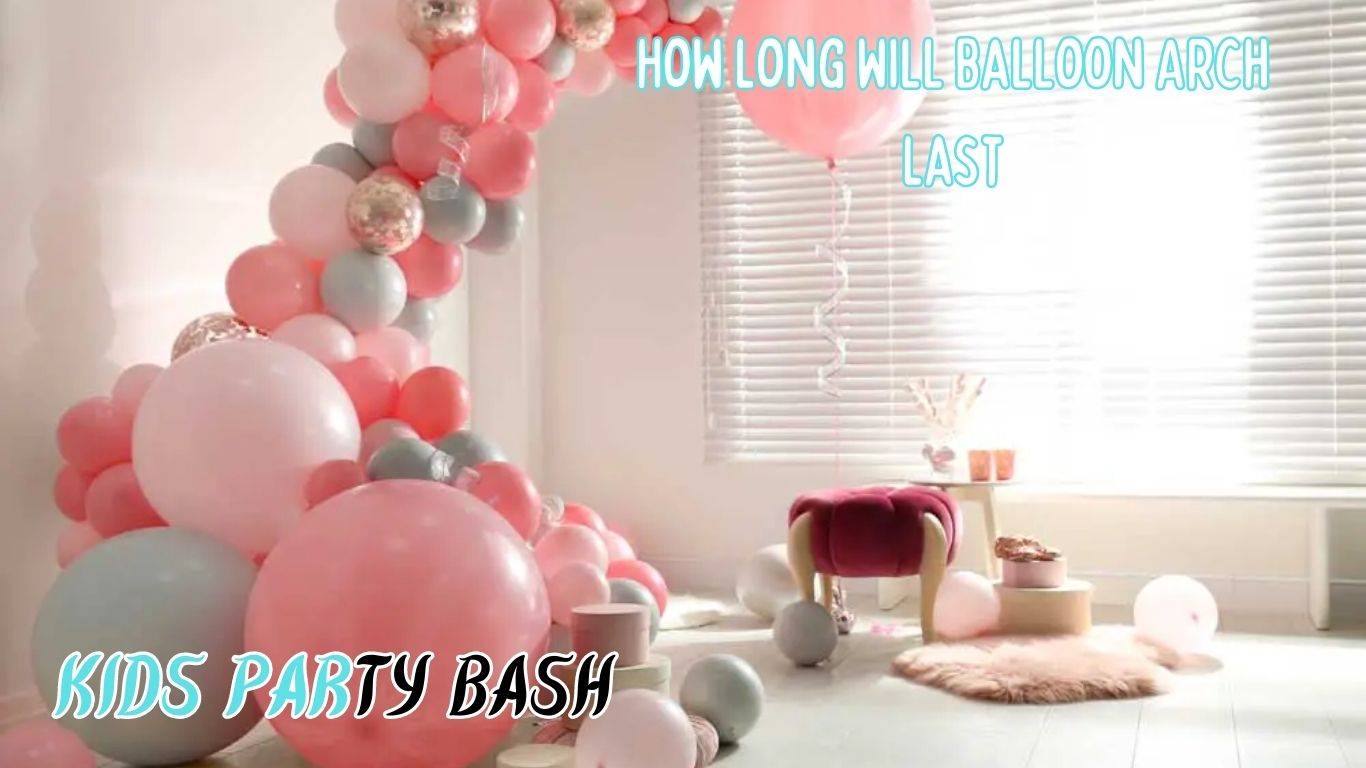Ah, the joy of a helium-filled balloon floating gracefully above. But hold on a minute! Before you head out with your helium balloon on a hot day, there’s something you should know. Yes, helium balloons can indeed deflate in the heat. But why? Let’s dive into the nitty-gritty of it.
How Long Do Helium Balloons Last?
Every kid’s party seems incomplete without a helium balloon floating around. But ever noticed how that helium balloon you got for your niece’s birthday party started to sag after a while? On average, a latex balloon filled with helium can last between 8 to 12 hours. Foil or mylar balloons, however, can float for about a week. The longevity depends on various factors including the quality of the balloon, amount of helium used, and of course, the weather.

Understanding the Science Behind Helium Balloons
Helium is less dense than air, which makes a balloon filled with helium lighter than air, allowing it to float. The helium molecules inside the balloon are tiny and can slip out through the pores of the balloon, causing it to deflate over time. This process can speed up in hot weather.
Heat causes helium molecules to move faster, expanding the balloon. This rapid movement increases the chances of helium escaping, leading the balloon to deflate faster. In contrast, cold air causes the helium molecules to slow down and the balloon to shrink, appearing to deflate.
Different Types of Balloons and Their Lifespan
Latex Balloon
A standard latex balloon lasts around 8-12 hours after being filled with helium. However, latex balloons last longer when they’re treated with a hi-float solution, which seals the pores and reduces the helium escape rate.
Mylar or Foil Balloon
These shiny balloons can last up to a week if kept in favorable conditions. Foil helium balloons last longer than latex because the material is less porous.
Air-Filled Balloons
Balloons filled with air don’t float, of course. However, they tend to last longer than helium-filled ones because air molecules are larger than helium molecules, making it harder for them to escape.
Helium Balloons in Hot and Cold Conditions
In hot weather, the helium inside the balloon expands. If the expansion is too much for the balloon to handle, it might pop. Leaving helium balloons in a hot car is a big no-no. Conversely, cold air causes the helium to contract, making the balloon shrivel. However, once back in a warmer environment, they might reinflate.

Tips to Make Helium Balloons Last Longer
- Avoid Direct Sunlight: Keep your balloons away from direct sunlight. The heat can cause the helium inside to expand and the balloon may burst.
- Use Hi-Float: If using latex balloons, consider treating them with hi-float to extend their lifespan.
- Store Properly: If you want your balloons to last, store them in a cool, dark place. Heat or cold can dramatically affect their lifespan.
- Quality Matters: Invest in high-quality balloons. Better quality balloons tend to last longer.
Conclusion
Helium balloons, whether for parties or other events, are always a delightful sight. But like all good things, they don’t last forever, especially in extreme weather. Heat can cause helium balloons to deflate faster, while cold air makes them appear to shrink. With proper care, you can extend the life of your helium-filled joys. So, the next time you plan to get or give a helium balloon, keep these tips in mind to ensure they last as long as possible.
Frequently Asked Questions (FAQ’S)
-
Do helium balloons deflate in heat?
- Yes, helium balloons can deflate in the heat due to the rapid movement and expansion of helium molecules.
-
How long do latex helium balloons typically last?
- Latex balloons filled with helium generally last between 8 to 12 hours.
-
Are foil or mylar balloons longer-lasting than latex balloons?
- Yes, foil or mylar balloons can float for about a week, making them last longer than latex balloons.
-
Why do helium balloons float?
- Helium is less dense than air, so balloons filled with helium are lighter than air and thus float.
-
How does cold air affect helium balloons?
- Cold air causes the helium molecules to slow down and the balloon to shrink, but they might reinflate once back in a warmer environment.
-
Is there a way to make latex helium balloons last longer?
- Treating latex balloons with a hi-float solution can seal the pores and reduce the rate at which helium escapes, extending their lifespan.
-
Why should helium balloons be kept away from direct sunlight?
- Direct sunlight or heat can cause the helium inside the balloon to expand, potentially causing the balloon to burst.
-
Do air-filled balloons last longer than helium-filled balloons?
- Air-filled balloons don’t float but tend to last longer than helium-filled ones because air molecules are larger than helium molecules, making it harder for them to escape.


